Introduction:
Finding water inside your refrigerator can be a frustrating experience and may indicate several potential problems. Understanding the reasons behind the leakage and how to address them effectively ensures your refrigerator operates efficiently and avoids further damage. A leaky refrigerator can lead to temperature fluctuations and moisture in food, which in turn can shorten its shelf life. This comprehensive guide delves into the various causes of water leakage inside a refrigerator, providing practical troubleshooting steps and repair solutions.
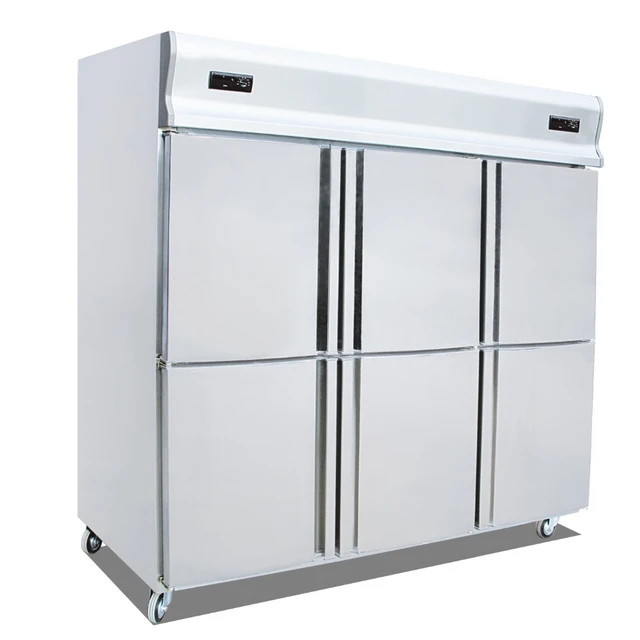
Why Is My Refrigerator Leaking Water Inside:
What Can You Do to Diagnose and Fix the Problem?
Common Causes:
What Are the Most Frequent Reasons for Water Leaking Inside a Refrigerator?
Identifying the common causes of water leakage helps pinpoint the issue and guides the troubleshooting process.
Clogged Defrost Drain:
Drain Blockages:
Accumulation of Debris: The defrost drain can become clogged with food particles, ice, or other debris, preventing water from draining properly. This blockage can cause water to pool inside the refrigerator.
Ice Build-Up: Ice may build up around the drain, causing a blockage that prevents water from passing through. Regular defrosting helps prevent this issue.
Poor Door Seals:
Seal Integrity:
Damaged Gaskets: Worn or damaged door gaskets can cause warm air to enter the refrigerator, leading to excessive condensation and water accumulation. Inspect the door seals for cracks, tears, or other damage.
Seal Maintenance: Ensure the door is closing properly and that the seals are clean and free from debris. Properly sealing doors maintain the internal temperature and reduce condensation.
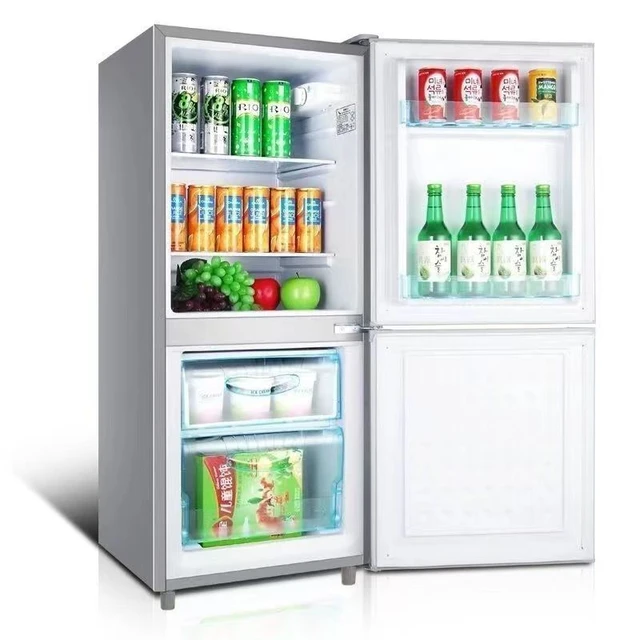
Blocked Water Dispenser Line:
Line Obstructions:
Kinked or Clogged Lines: If the refrigerator has a water dispenser, a kinked or clogged water line can cause water to leak inside the unit. Regular inspection of the water line ensures it is free from obstructions.
Defective Dispenser: A malfunctioning water dispenser can cause intermittent leaking. Checking the dispenser system and solenoid valve helps identify potential issues.
Improperly Stored Food:
Food Placement:
Blocking Vents: Storing food items improperly can block the internal vents, causing airflow issues and leading to condensation build-up. Ensure food is stored to allow proper circulation within the refrigerator.
Warm Food: Placing warm or hot food directly into the refrigerator increases the humidity inside, leading to condensation and pooling of water.
Condensation from Internal Components:
Cooling Elements:
Cold Air and Warm Air Interaction: Condensation can form when warm air interacts with cold internal components, creating water droplets that accumulate inside the refrigerator.
Frequent Door Opening: Opening the refrigerator door frequently allows warm air to enter, increasing condensation. Minimizing door openings helps maintain a consistent internal temperature.
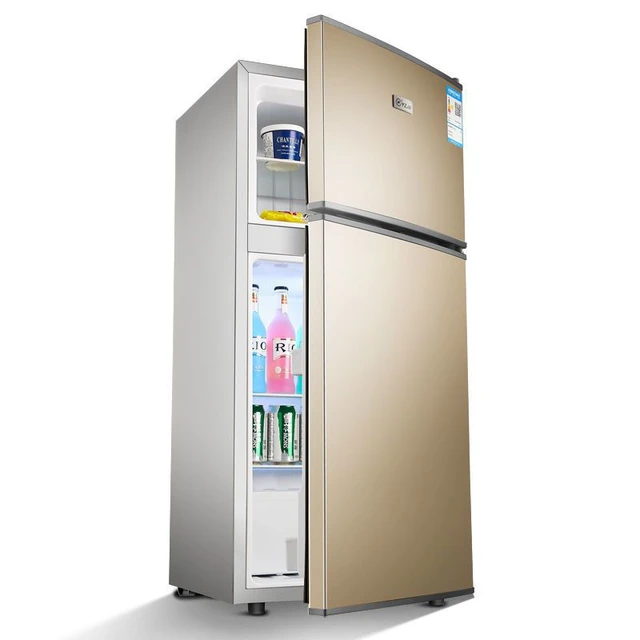
Troubleshooting Steps:
How Can You Identify the Source of the Leakage?
Taking systematic steps to troubleshoot helps isolate and identify the source of the water leakage.
Inspect the Defrost Drain:
Visual Examination:
Locate the Drain: Find the defrost drain, usually located at the back of the freezer compartment. It might be covered by a panel that needs to be removed for access.
Check for Blockages: Examine the drain for any visible blockages such as ice, food particles, or debris. Use a flashlight if necessary to see into the drain more clearly.
Test the Drain:
Pour Hot Water: Pour a small amount of hot water into the drain to check if it flows freely. If it doesn’t, the drain is likely clogged.
Unclogging the Drain:
Clear Obstructions:
Use a Pipe Cleaner: Insert a pipe cleaner, a length of flexible wire, or a turkey baster to clear any blockages in the drain.
Warm Water Flush: Flush the drain with warm water mixed with a bit of baking soda to dissolve any accumulated debris.
Examine Door Seals:
Gasket Inspection:
Inspect Seals: Carefully inspect the door gaskets for any signs of wear or damage. Check for cracks, wear spots, or areas that are not sealing properly.
Seal Test:
Dollar Bill Test: Perform the dollar bill test by closing a dollar bill in the door and seeing how easily it slides out. If it pulls out without resistance, the seal is not tight, indicating a potential issue.
Replace Damaged Seals:
DIY Replacement:
Purchase a New Gasket: Obtain a replacement gasket compatible with your refrigerator model. Follow the manufacturer’s instructions to install the new gasket.
Professional Help: If replacing the gasket seems complicated, consider hiring a professional technician to ensure proper installation.
Check the Water Dispenser Line:
Line Inspection:
Inspect Water Line: Check the water line for any kinks, cracks, or clogs that could impede water flow. Ensure the line is positioned correctly and securely attached.
Clean the Line:
Flushing Method: If the line is clogged, disconnect it and flush it with warm water to remove any obstructions.
Replace Damaged Line:
New Water Line: If the water line is damaged beyond repair, replace it with a new line that matches your refrigerator model.
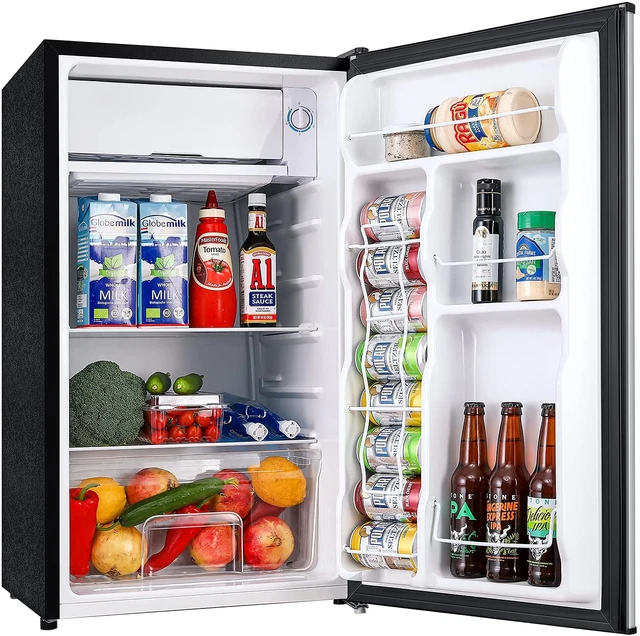
Evaluate Food Storage:
Proper Alignment:
Check for Blockage: Ensure that food items are not blocking air vents, which can cause cooling issues and condensation buildup.
Cool Food Before Storing:
Reduce Humidity: Allow hot or warm food to cool to room temperature before placing it in the refrigerator to minimize internal condensation.
Maintenance Tips:
What Practices Help Prevent Future Water Leakage?
Regular maintenance ensures your refrigerator operates efficiently and reduces the likelihood of future water leakage.
Routine Inspections:
Scheduled Checks:
Regular Monitoring: Make a habit of regularly inspecting key components such as the defrost drain, door seals, and water lines. Early detection of issues can prevent more significant problems later on.
Cleanliness:
Scheduled Cleaning:
Defrost Drain: Clean the defrost drain periodically to prevent clogs. Use a mixture of warm water and mild soap to keep the drain clear.
Door Seals:
Seal Maintenance: Wipe down the door seals regularly with a damp cloth to remove food particles and debris that could impede proper sealing.
Proper Usage:
Efficient Use:
Limit Door Opening: Minimize the frequency and duration of door openings to maintain a stable internal temperature and reduce condensation.
Correct Food Placement:
Even Distribution: Store food items evenly to avoid blocking vents and ensure proper air circulation throughout the refrigerator.
Temperature Settings:
Optimal Settings:
Check Thermostat: Ensure the refrigerator is set at the recommended temperature (usually around 37°F or 3°C for the refrigerator compartment and 0°F or -18°C for the freezer) to avoid excessive condensation and freezing issues.
Impact of Overloading:
How Can Overfilling the Refrigerator Cause Leaks?
Overloading your refrigerator can lead to several issues that contribute to internal leakage.
Airflow Obstruction:
Vent Blockage:
Poor Circulation: Packing the refrigerator too tightly blocks air vents, disrupting the flow of cold air and causing uneven cooling and condensation build-up.
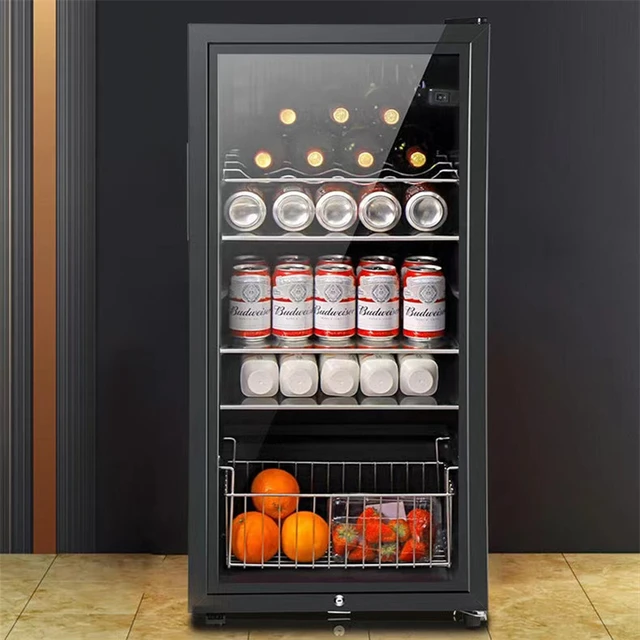
Temperature Fluctuations:
Maintaining Consistency: An overloaded refrigerator struggles to maintain a consistent temperature, often leading to excess condensation and potential water leakage.
Efficient Storage Solutions:
Proper Organization:
Utilize Space Wisely: Organize your refrigerator efficiently, ensuring adequate space around items for proper air circulation. This helps maintain consistent cooling and reduces condensation.
Professional Assistance:
When Should You Call a Technician?
Some issues may require the expertise of a professional technician, especially if initial troubleshooting doesn’t resolve the problem.
Complex Problems:
Technical Issues:
Expert Diagnosis: If problems such as malfunctioning internal components, damaged water lines, or persistent leaks persist, calling a professional ensures accurate diagnosis and repair.
Warranty Coverage:
Manufacturer’s Warranty: Check if your refrigerator is still under warranty. Repairs covered by the manufacturer’s warranty should be handled by authorized technicians to avoid voiding the warranty.
Conclusion
Water leaking inside a refrigerator can result from several issues, such as clogged defrost drains, damaged door seals, blocked water dispenser lines, or improper food storage. By performing systematic troubleshooting steps—inspecting the defrost drain, door seals, and water lines—you can often identify and resolve the issue. Regular maintenance and proper usage practices help prevent future leakage, ensuring your refrigerator operates efficiently. If troubleshooting doesn’t solve the problem, seeking the help of a professional technician ensures an accurate diagnosis and effective repair, safeguarding your appliance and food items.
